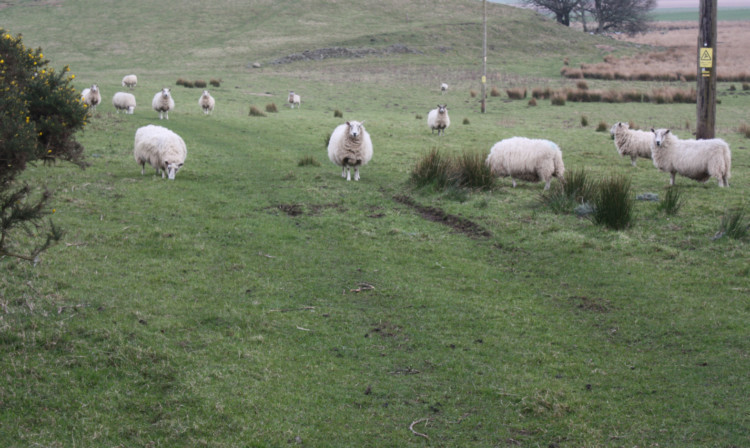The Scottish Government’s chief agricultural officer, Drew Sloan, has issued a call to farmers asking them to be very careful as to how they categorise grassland in this year’s Single Application Form (SAF).
The SAF, due to be returned by May 15, is one of the most important documents to cross a farmer’s desk.
It is the key to gaining access to the Single Farm Payment, a vital component of farm income for many businesses.
Mistakes can be expensive if subsequent inspection shows any sort of inaccuracy.
Mr Sloan heads the Rural Payments and Inspection Division (RPID) of the Scottish Government, a body whose function is perfectly described by its title.
Much of the guidance which Mr Sloan has already distributed to farmers is slightly routine.
Farmers have, after all, been filling in SAFs since 2005 and around 60% of applicants are now confident enough to submit their forms electronically.
His words on grassland are, however, highly significant.
“On this year’s form, it is more critical than ever that you record your land accurately,” he said.
“Under the future direct payment scheme, Scotland is moving to an area-based Basic Payment Scheme from 2015.
“This means the budget will be divided by the number of eligible hectares, to give each producer an entitlement per hectare payment rate.
“Since Scotland has a wide range of farming systems and land types, it is important that land is correctly recorded so we can get these calculations, which affect all farmers, right first time.
“Help us to help you by describing your grazing land correctly as either Permanent Grass over five years old (PGRS), temporary grass under five years old (TGRS) or rough grazing (RGR).
“For more information please see the separate guidance we sent with your SAF.”
What Mr Sloan does not mention directly, although it can as he suggests be found elsewhere in the bundle of papers sent to farmers, is the huge financial implications.
The Scottish Government’s CAP implementation proposals include a plan to divide Scotland into two payment regions or types.
Permanent grass and temporary grass fall into one region which will receive around 224 euros (£185) per hectare.
Rough grazing will however only receive around 25 euros (£21.25) per hectare.
These figures are only indicative at this stage but there is no escaping the fact that a field, or part of a field classified as permanent grass will gain 10 times more support than it will if it falls into the rough grazing category.
This of course only comes into play in 2015 with the start of the new CAP but is obvious from Mr Sloan’s words that the filling in of the 2014 SAF will be taken as defining the land use category.
There will be a huge temptation to make sure that wherever possible land is categorised as permanent grass rather than rough grazing but Mr Sloan has asked for accuracy.
If the land parcel can generally be described as “unimproved”, for example not having benefited from the application of mineral fertiliser or manure and the use of the land is constrained by issues such as poor drainage, steep slopes or scree then it can be correctly described as rough grazing using the RGR code in the SAF.
This land, according to the guidance notes can be found on the mountains, hills and moors but also on lower ground where conditions make improvement difficult or previously improved land has reverted.
The guidance on permanent grass states: “If the land parcel is in grass, has not been reseeded in the last five years and is not in rough grazings than it would be correct to describe such a parcel as permanent grass and use the code PGRS.”
The difference between the two types is sure to be one of the major points of contention in coming years with farmers trying to persuade inspectors that their fields are permanent grass rather than rough grazing.
In the majority of cases the difference will be very apparent but a drive yesterday along the rural byways of Aberdeenshire and Angus revealed a surprising number of fields that could fall into either category.
The problem is compounded because at least in this year’s SAF fields can be divided between the two categories.
With an accuracy to two decimal points of a hectare demanded making the distinction in coming years is bound to be controversial.
In the meantime, however, Mr Sloan’s advice to take extra care with the 2014 SAF would appear to be sound.
